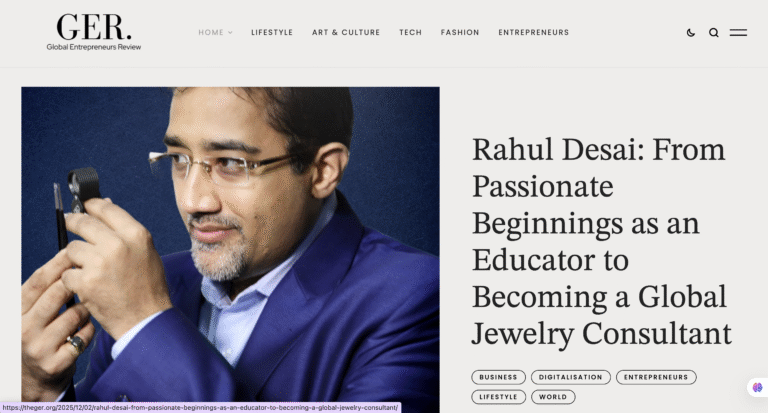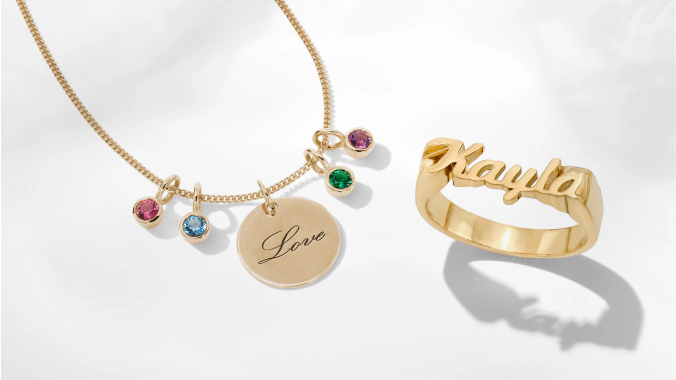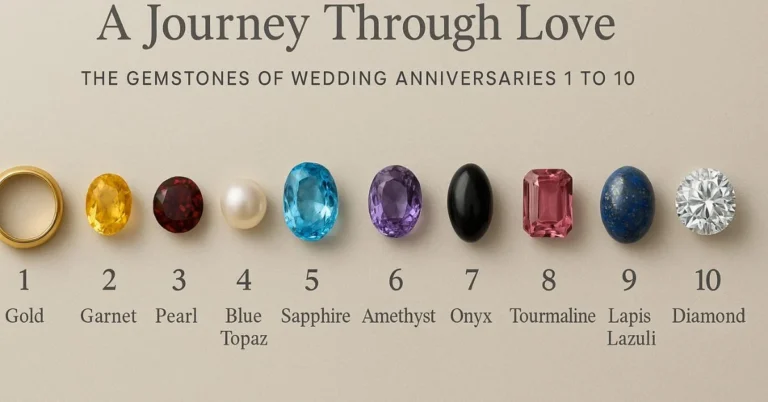No products in the cart.

Have you ever wondered what makes one piece of jewelry look sleek and modern, while another exudes an antique charm? The answer often lies in the intricate world of jewelry finishes and textures. These crucial elements can profoundly alter the appearance of a piece, transforming its aesthetic and even its feel.
The art of finishing and texturing jewelry dates back thousands of years. Ancient civilizations like the Egyptians, Greeks, and Etruscans developed unique techniques to enhance both the beauty and symbolism of their adornments. From the high-gloss polish of Roman gold to the darkened, oxidized bronze of early Middle Eastern jewelry, metal surfaces were meticulously treated to convey wealth, status, and style. These age-old practices laid the foundation for the wide array of textures and finishes we see in modern jewelry design today.
Let’s dive into some of the most common and captivating options available!
Finishes are about how the surface of the metal reflects light and presents itself. They can range from highly reflective to completely muted.
Jewelry Textures: Adding Depth and CharacterBeyond the surface finish, textures introduce a tactile and visual dimension, making the piece truly unique. Textures can range from smooth to rough and organic.
The ultimate choice of both finish and texture is a personal one, depending on several factors:
Whether you prefer a sleek, modern shine or a rustic, organic feel, understanding these options empowers you to choose jewelry that truly reflects your style!
Finishes and textures are far more than decorative choices—they are essential tools in a jeweler’s design language. The way a surface reflects light, feels to the touch, or evokes a certain era or emotion can dramatically influence how a piece is perceived and worn. Whether it’s the gleam of a high polish, the subtlety of a satin surface, or the artisanal character of a hammered texture, each finish serves a purpose.
By thoughtfully combining different finishes and textures, designers can add depth, contrast, and personality to their work. These techniques help elevate jewelry from a simple accessory to a meaningful expression of style, tradition, or innovation. In essence, the deliberate use of surface treatments transforms raw metal into wearable art—captivating the eye, engaging the senses, and enhancing the story behind every piece.






Not a member yet? Register now
Are you a member? Login now